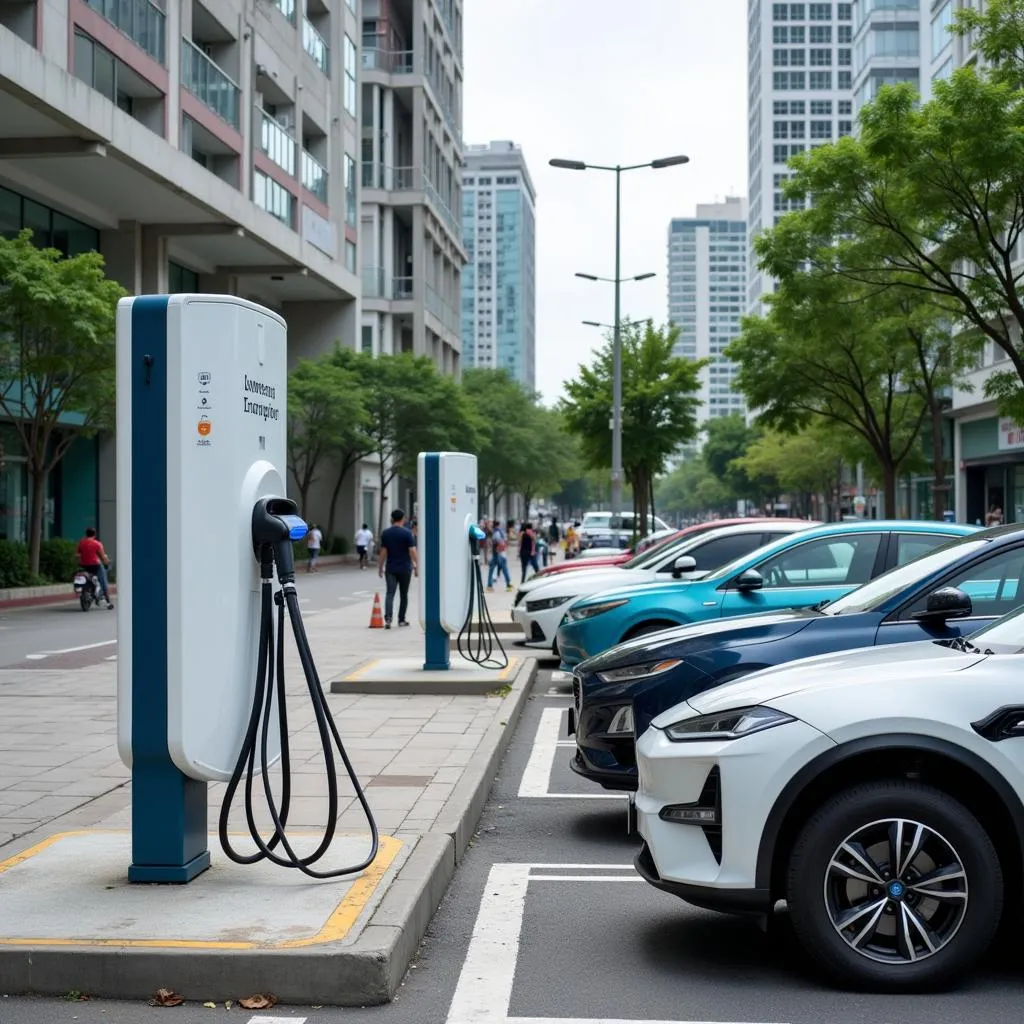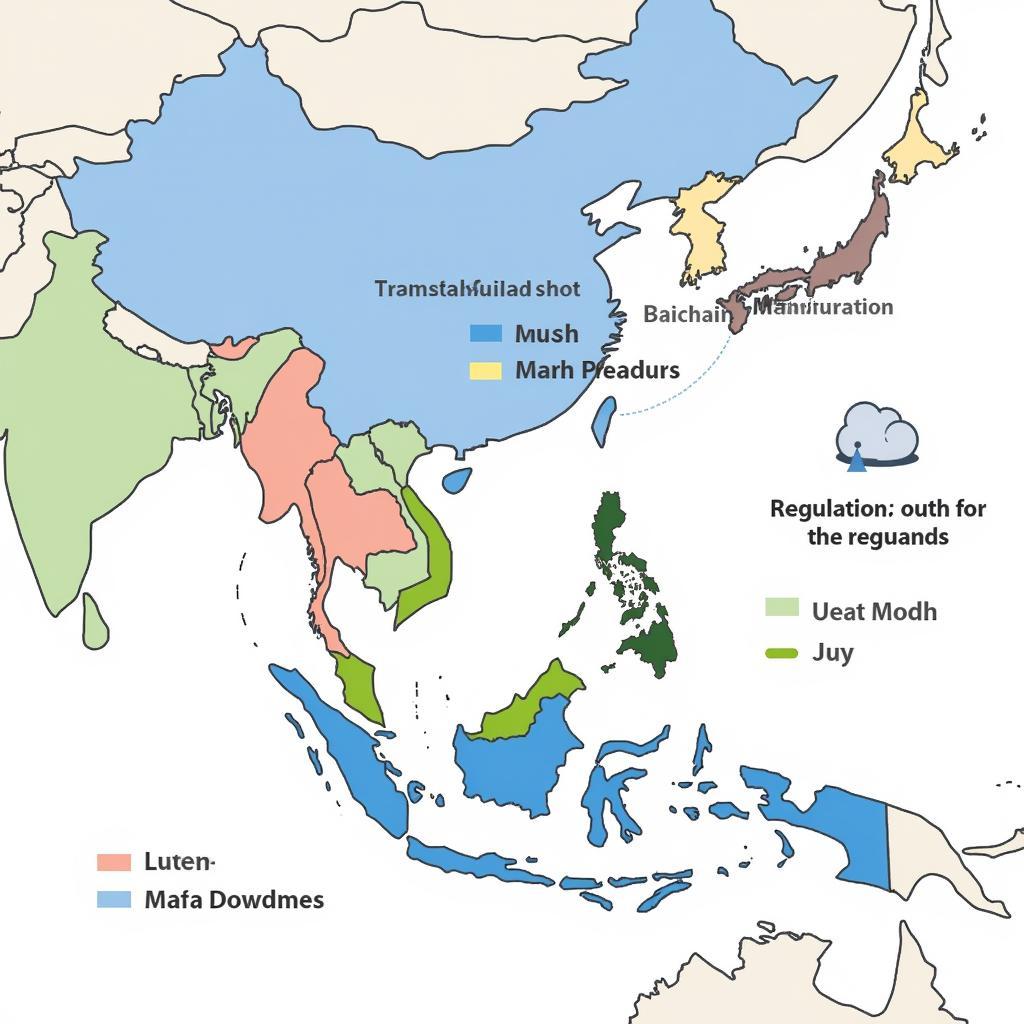The ASEAN region has witnessed a surge in car ownership in recent years, fueled by rising incomes, urbanization, and a growing middle class. This trend presents both opportunities and challenges for Southeast Asian nations as they grapple with the economic and environmental implications of increased car usage.
Driving Forces Behind ASEAN Car Ownership
Several factors contribute to the upward trajectory of car ownership in ASEAN:
- Economic Growth: As ASEAN economies expand, disposable incomes rise, making car ownership more attainable for a larger segment of the population.
- Urbanization: The rapid pace of urbanization in Southeast Asia leads to greater demand for personal transportation, with cars often seen as a symbol of status and convenience in urban settings.
- Infrastructure Development: Investments in road networks and transportation infrastructure further support the growth of car ownership, making it easier for people to travel within and between cities.
- Credit Availability: Increased access to car loans and financing options has made it easier for consumers, particularly in emerging markets, to purchase vehicles.
 ASEAN car sales growth chart
ASEAN car sales growth chart
Challenges on the Horizon
While increased car ownership can indicate economic progress, it also presents significant challenges for ASEAN nations:
- Traffic Congestion: Major cities in the region already face severe traffic congestion, leading to longer commute times, reduced productivity, and increased stress levels for commuters.
- Air Pollution: The rise in car usage contributes to air pollution, impacting public health and the environment. This issue is particularly pressing in densely populated urban centers.
- Infrastructure Strain: Existing road networks and public transportation systems are often ill-equipped to handle the growing number of vehicles, leading to infrastructure strain and the need for significant investments in upgrades.
- Dependence on Fossil Fuels: The majority of cars in ASEAN still rely on fossil fuels, contributing to greenhouse gas emissions and dependence on oil imports.
 Traffic congestion in a Southeast Asian metropolis
Traffic congestion in a Southeast Asian metropolis
Steering Towards Sustainable Solutions
To mitigate the challenges and harness the benefits of rising car ownership, ASEAN nations are exploring various solutions:
- Investing in Public Transportation: Governments are prioritizing investments in efficient and affordable public transportation systems, such as mass rapid transit (MRT), bus rapid transit (BRT), and light rail transit (LRT) to offer viable alternatives to private vehicles.
- Promoting Fuel Efficiency: Regulations promoting fuel-efficient vehicles and cleaner technologies, such as electric vehicles (EVs) and hybrid cars, are being implemented to reduce emissions and dependence on fossil fuels.
- Smart City Initiatives: The concept of “smart cities” is gaining traction, incorporating technology to optimize traffic flow, parking management, and transportation planning for greater efficiency and sustainability.
- Ride-Sharing and Carpooling: Encouraging ride-sharing platforms and carpooling initiatives can help reduce the number of vehicles on the road, particularly during peak hours.
 Electric vehicle charging station in Southeast Asia
Electric vehicle charging station in Southeast Asia
The Road Ahead: A Balancing Act
The future of car ownership in ASEAN will require a delicate balancing act. Governments, businesses, and citizens must work together to find sustainable solutions that support economic growth while addressing environmental concerns and improving the quality of life for all. As ASEAN continues its path of development, navigating the roads of car ownership will be crucial in shaping a sustainable and prosperous future for the region.

